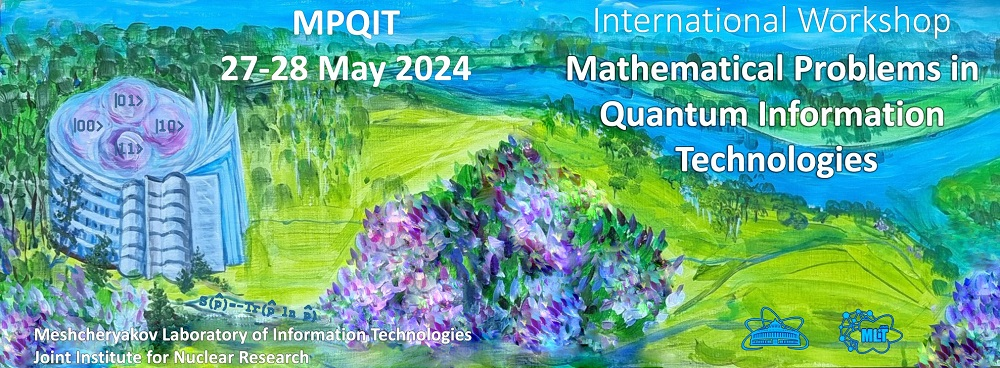Speaker
Description
There are many processes inside living cells that are necessary for their functioning, during which different types of excitations are transmitted over long distances. Often, the transfer of excitation occurs at the submolecular level. For example, the energy required to carry out various physiological processes of the cell is generated by the hydrolysis of ATP to ADP. It is believed that the generated quantum of energy transmits to the place where it is used through a so-called molecular bridge – usually a polypeptide (protein) molecular chain. At the same time, although it travels a long distance, this energy is not lost in any dissipative process or in any other way. The mechanism of energy transfer is still the subject of vivid scientific discussion. The appropriate theoretical model must consider the quantum mechanical nature of the process and explain its stability and high efficiency.
In the report, we will consider a single excitation injected into a structure consisting of a molecular chain, in the vicinity of which an additional molecule is located. An additional molecule interacts with the molecular chain and forms a unique quantum system with it. It also can inject or absorb excitation [1]. We will present the distribution of the probability of finding excitation along the molecular chain. The results were obtained using a model based on the assumption that excitation, due to interaction with thermal oscillations of the structural elements of the molecular chain, forms a state corresponding to a non-adiabatic polaron [1,2].
We will consider the process of excitation migration and the degree of correlation, including quantum entanglement, of the quantum states of different structural elements of the molecular chain. We will compare the results obtained using the polaron model with those predicted by the model that does not rely on the assumption of the polaron formation. In this model, the so-called quantum-classical formalism is used. According to the latter the excitation energy is a linear function of the molecules displacement from equilibrium positions [3-6]. In this case the classical dynamics of the molecules and environment affects the quantum dynamics of the excitation and vice versa, the quantum dynamics of excitation affects the classical dynamics of the molecules. In this approach, the signs of chaotic behavior of the excitation in the molecular system are clearly visible.
- V. Matic, Z. Ivic, Z. Przulj, and D. Chevizovich Phys. Rev. E 109 (2024) 024401;
- D. Chevizovich, in Nonlinear Dynamics of Nanobio-physics, edited by S. Zdravkovic and D. Chevizovich (Springer, Singapore, 2022).
- Lakhno, V.D., 2002. Dynamics of the Hole Transfer in the Nucleotide Sequences.
Moscow - Izhevsk, Russia. - Lakhno, V.D., 2005. Dynamical theory of primary processes of charge separation in the
photosynthetic reaction center. J. Biol. Phys. 31, 145–159. - Shirmovsky, S.Eh., 2016. Quantum dynamics of a hole migration through DNA: A single
strand DNA model. Biophys. Chem. 217, 42–57. - Shirmovsky, S.Eh., Chizhov, A.V., 2023. Modeling of the entangled states transfer
processes in microtubule tryptophan system. BioSystems 231, 104967.

